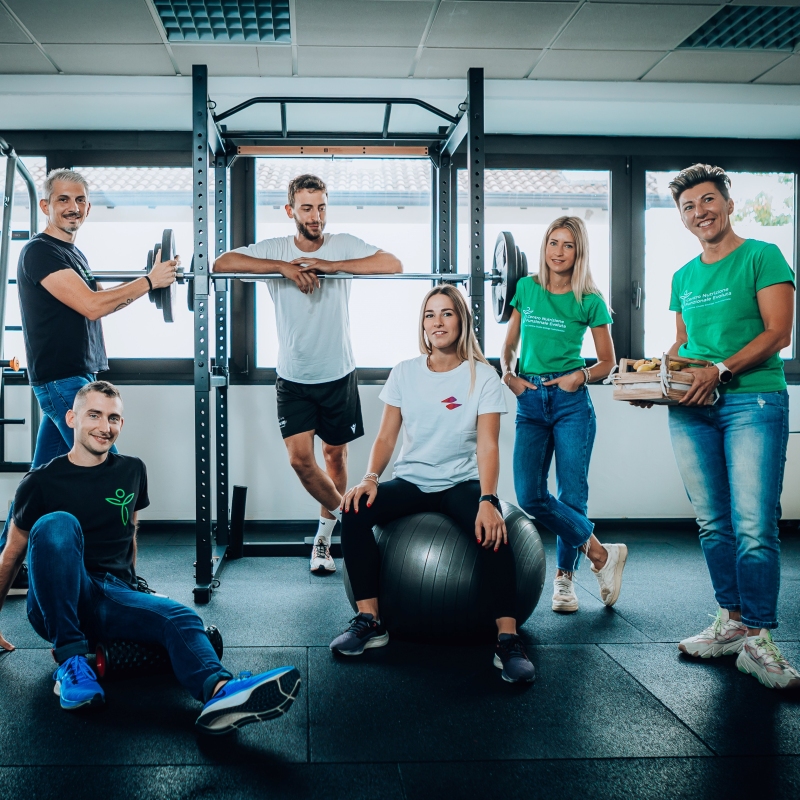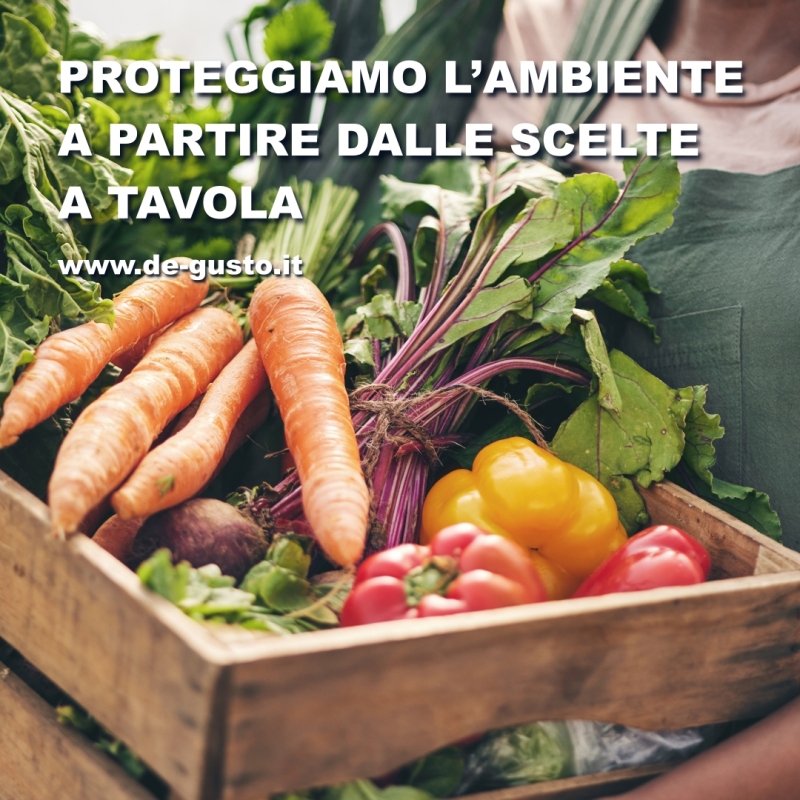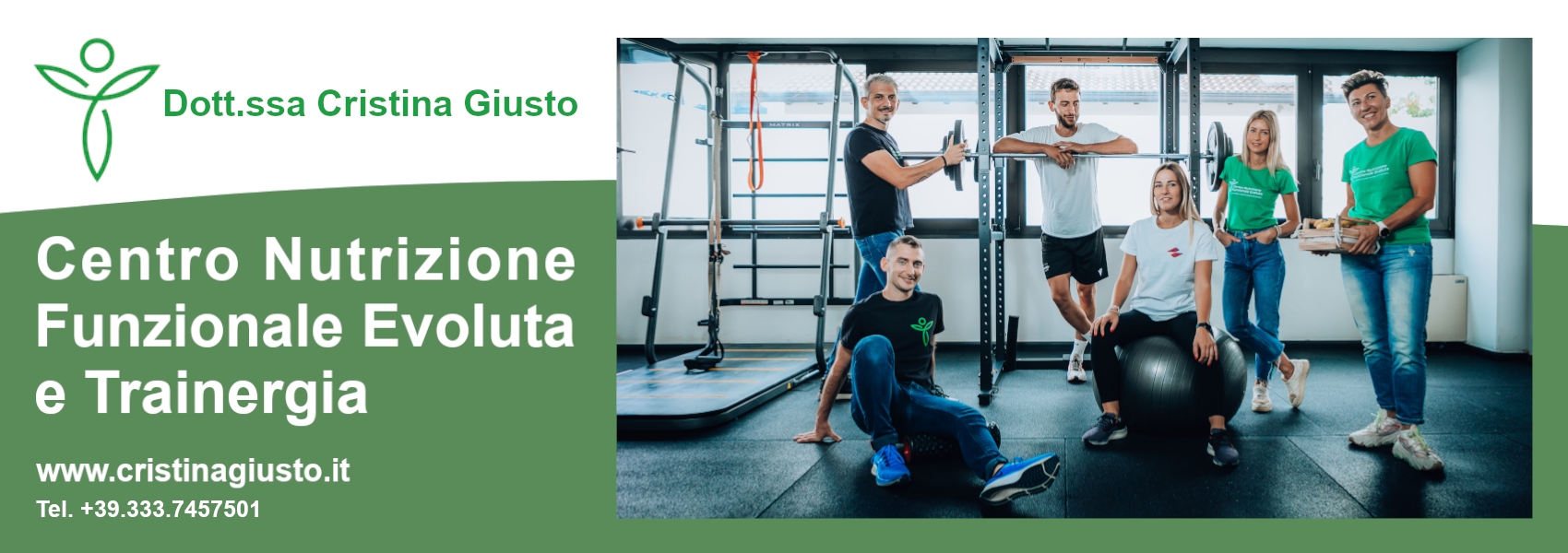Vitamin C, or ascorbic acid, belongs to the group of so-called water-soluble vitamins, for
essential nutrient for humans and must be introduced through the diet on a daily basis, whereas carnivorous animals produce it themselves.
carnivorous animals produce it themselves.
Vitamin C provides several benefits:
- antioxidant and immune activity
- essential for collagen production (important for the structure of hair, skin, nails)
- plays a role in the transformation of L-carnitine, thus aiding energy production, but also becomes an adjuvant for keeping weight under control and supporting the metabolism by reducing free radical levels. inhibits the formation of nitrosamines that are present in pesticides or that can be formed from nitrites present mainly in foods preserved foods (especially sausages)
- facilitates iron absorption
- has an anti-haemorrhagic and healing action
- prevents various types of cancer.
The recommended intake amounts are 105 mg/day for men and 85 mg/day for women.
women, to be increased during pregnancy and breastfeeding.
Five portions a day of fruit and vegetables provide an average of 200 mg of vitamin C, but an important point must be made: vitamin C is destroyed by high temperatures.
important clarification: vitamin C is destroyed by high temperatures.
To preserve the vitamin C content of food, fruit and vegetables should be
should be eaten freshly cut, vegetables should be eaten undercooked, and juices should be eaten as soon as possible.
juices should also be consumed freshly prepared.
Deficiency of this vitamin is often associated with anaemia, infections, bleeding gums, scurvy, poor wound healing, capillary haemorrhage, muscle degeneration, atherosclerotic plaques and neurotic disorders.
Conversely, excessive doses of vitamin C, which can be caused by overdoses of supplements (3-4 grams) can cause gastrointestinal disorders, diarrhoea, nausea, bloating.
Furthermore, in the presence of free metals such as copper and iron, a prolonged overdosewould act as a pro-oxidant, i.e. would have an effect opposite to the reason why it is taken.
So where can we find vitamin C?
As far as fruit is concerned, we can find it in citrus fruits such as oranges, lemons and grapefruit, then kiwi, strawberries, pineapple, mango, melon; while among vegetables we find it in peppers, spinach, broccoli, tomatoes, cauliflower, cabbage, potatoes.
Among animal elements containing vitamin C, we can instead identify beef liver,
chicken meat, pork, fish such as salmon and oysters.
So here are some ideas for creating vitamin C-rich meals:
- Porridge with almonds, fresh fruit and a squeeze of juice
- Semi-skimmed milk with bran and dark chocolate chips and a kiwi fruit
- White yoghurt with strawberries, kiwi blueberries, walnuts and pumpkin seeds with an orange juice
- Chia seed pudding with kiwi blueberries and berries
- Chicken and Savoy cabbage dumplings
- Citrus marinated or pistachio crusted salmon with potatoes and broccoli
- Whole wheat pasta with pepper cream and ricotta cheese
- Tomato and basil soup
- Spinach with lemon
- Vegetable curry: mix vegetables such as peppers, aubergines, courgettes and potatoes with curry powder and coconut milk.
powder and coconut milk
- Arugula and orange salad
(Article by Dr. Daniotti Giulia)





